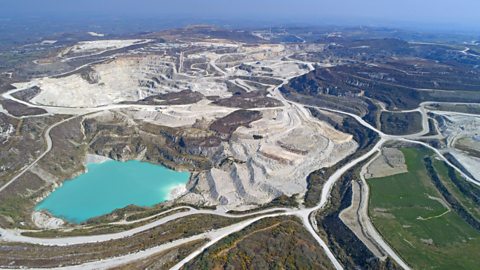What are fossil fuels?
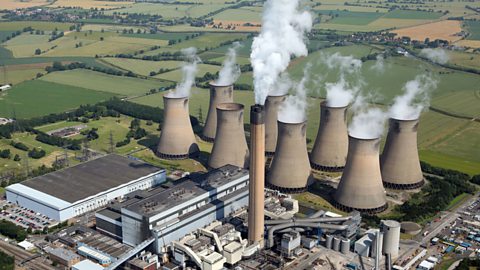
Much of the world’s energy is produced by burning fossil fuels such as oil, coal and gas. These natural resources are formed from the remains of plants and animals that died millions of years ago. They are used to power everything from planes to gas cookers.

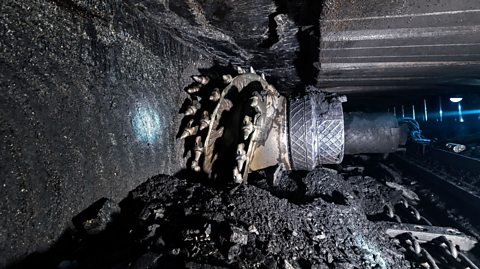
Burning fossil fuels creates carbon dioxide gas. This adds to climate change by making the Earth warmer than it should be. Once fossil fuels are gone, they cannot be replaced. Renewable sources of energy are more sustainable, which means they continue to be used.
What is renewable energy?
Renewable energy is a natural source of energy that will never run out. Wind, the Sun and water are renewable energy sources that can be used to create electricity.
There are different types of renewable energy:
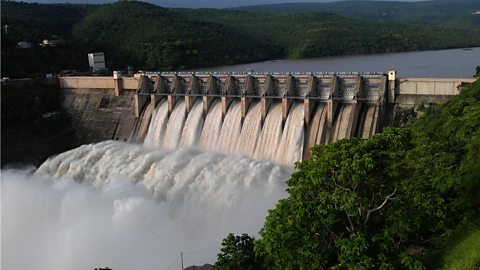
Hydropower - uses energy from moving water to drive turbines and generate electricity. Hydro-electric power schemes use water stored in dams.
Tidal and wave energy can also be used to drive turbines.
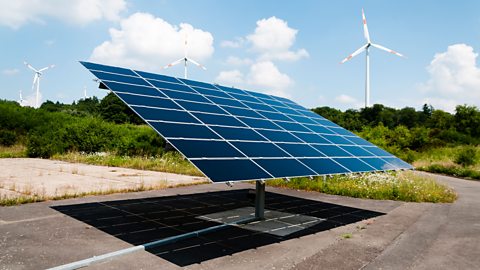
Solar energy - solar panels collect energy from the Sun to create electricity.

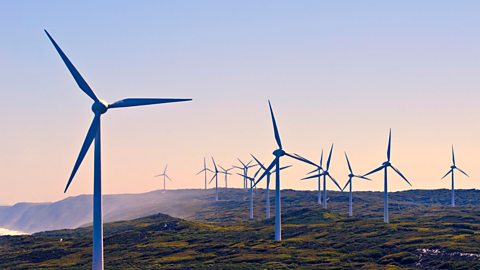
Wind energy - wind turns turbines to create electricity. Wind farms are located on high ground or out at sea, where the wind is strongest.

Geothermal energy - heat generated below the Earth's surface. In active volcanic areas, it can be used to heat water. The steam produced can power generators and create electricity.

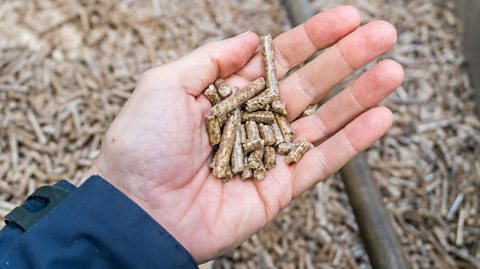
Biomass energy - energy generated by burning living or once-living organisms (like dung or plant waste). It is considered renewable because biomass growth removes carbon dioxide from the atmosphere. It stores it in the soil, plants or trees.
These renewable sources of energy are much cleaner to use than fossil fuels because they do not produce harmful gases that cause pollution and climate change.
Nuclear energy is also a low carbon fuel but is not renewable because it uses up radioactive fuel.
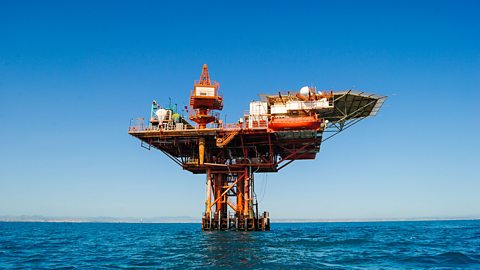
Did you know?
- Fossil fuels are the largest driver of global climate change.
- Iceland gets more than 75% of its energy from low-carbon sources. Most of this is from hydropower with other renewables – mainly geothermal energy.
- It is estimated that tidal stream and wave energy combined could cover around 20% of the UK’s current electricity needs! Find out more about tidal energy from The Regenerators.

Watch: Fossil fuels and renewable energy
There’s nothing like a warm fire when it’s chilly outside. Oh, it’s gone out, and I’ve got no coal left!
I think I might have to find an alternative energy.
Although coal is great for a nice cosy fire, there’s only so much of it we can dig out of the ground and burn before it eventually runs out.
That’s because it’s a fossil fuel, which was formed millions of years ago from the remains of plants and animals, so we can’t make more of it after we’ve used it up.
I’ll see if I can find a different fuel, one that can make heat or electricity but without running out. What’s called a renewable energy!This turbine is powered by the tide going in and out.
The water rushing through the propeller generates electricity.
The water from this hot spring is being warmed by rocks heated by volcanic activity deep under the ground.
The steam from these rocks can also be used to power generators in a power station. This is called geothermal energy.
The wind is strong here, which is great for drying my wetsuit but also for powering wind turbines.
And solar panels can generate electricity from the Sun.
All these sources of energy are great, not only because they’re renewable, but because they don’t produce harmful gases that can cause pollution and climate change like fossil fuels do.
And talking of burning, I think I’d better put a sun hat on!
Activity: Quiz – Fossils fuels and renewable energy
SATs preparation resources. activitySATs preparation resources
Get ready for the SATs papers with videos, activities, quizzes and games to refresh your knowledge and practise your skills.

More on Sustainability
Find out more by working through a topic
- count1 of 4

- count2 of 4
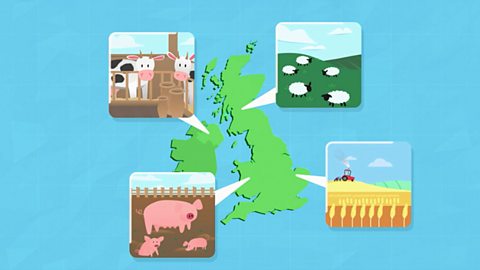
- count3 of 4
